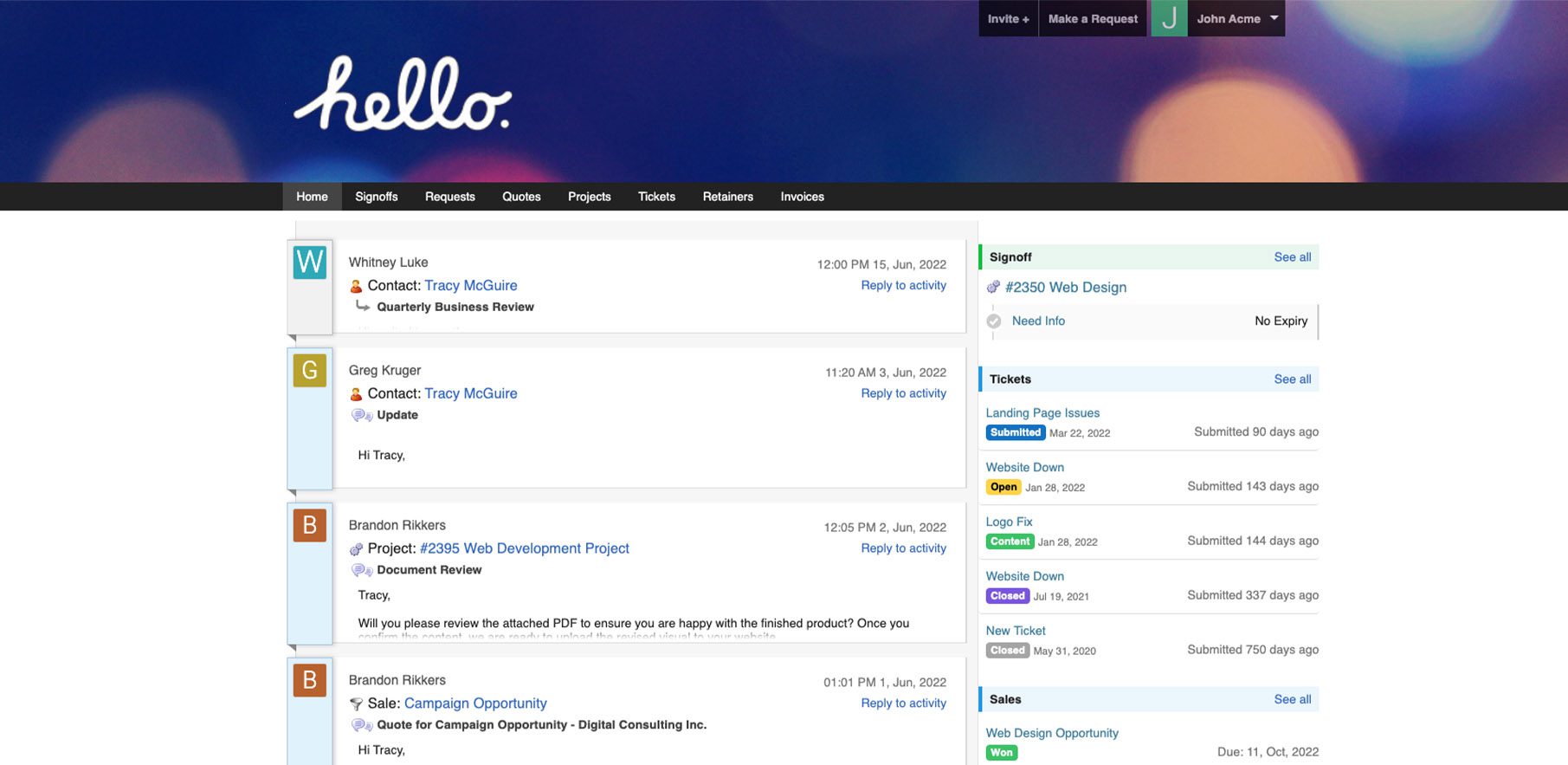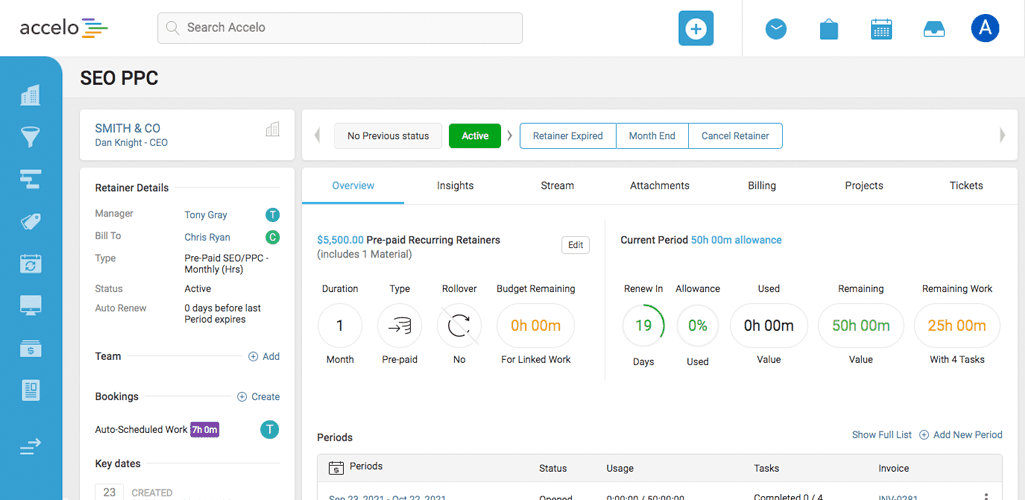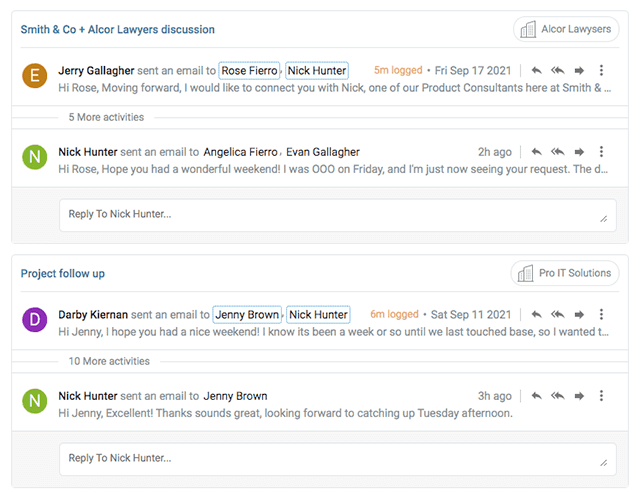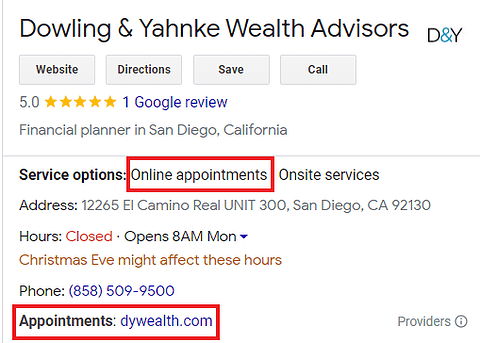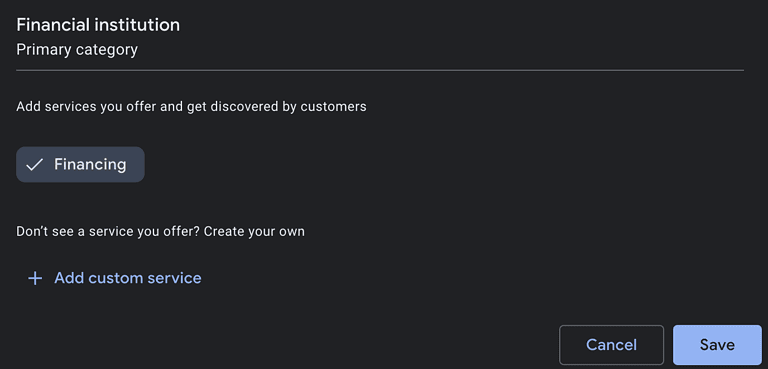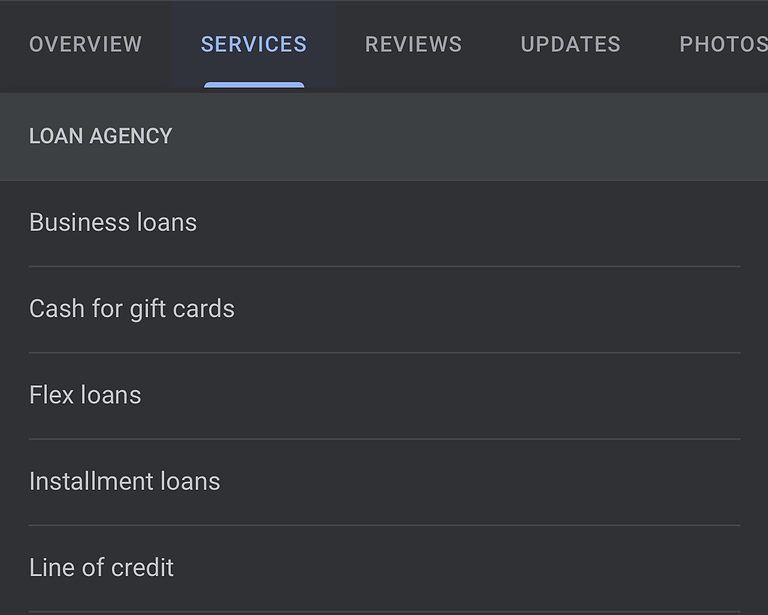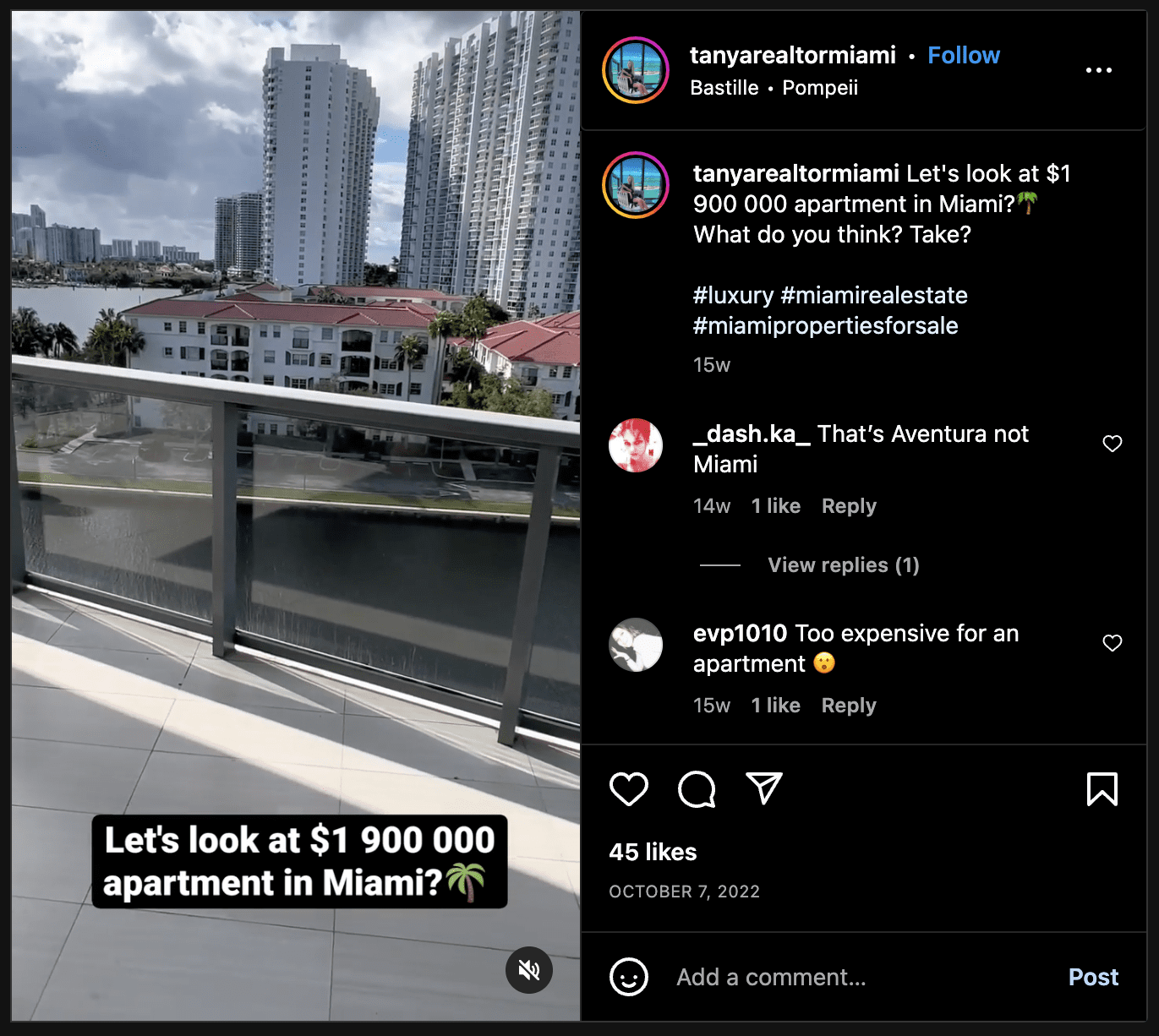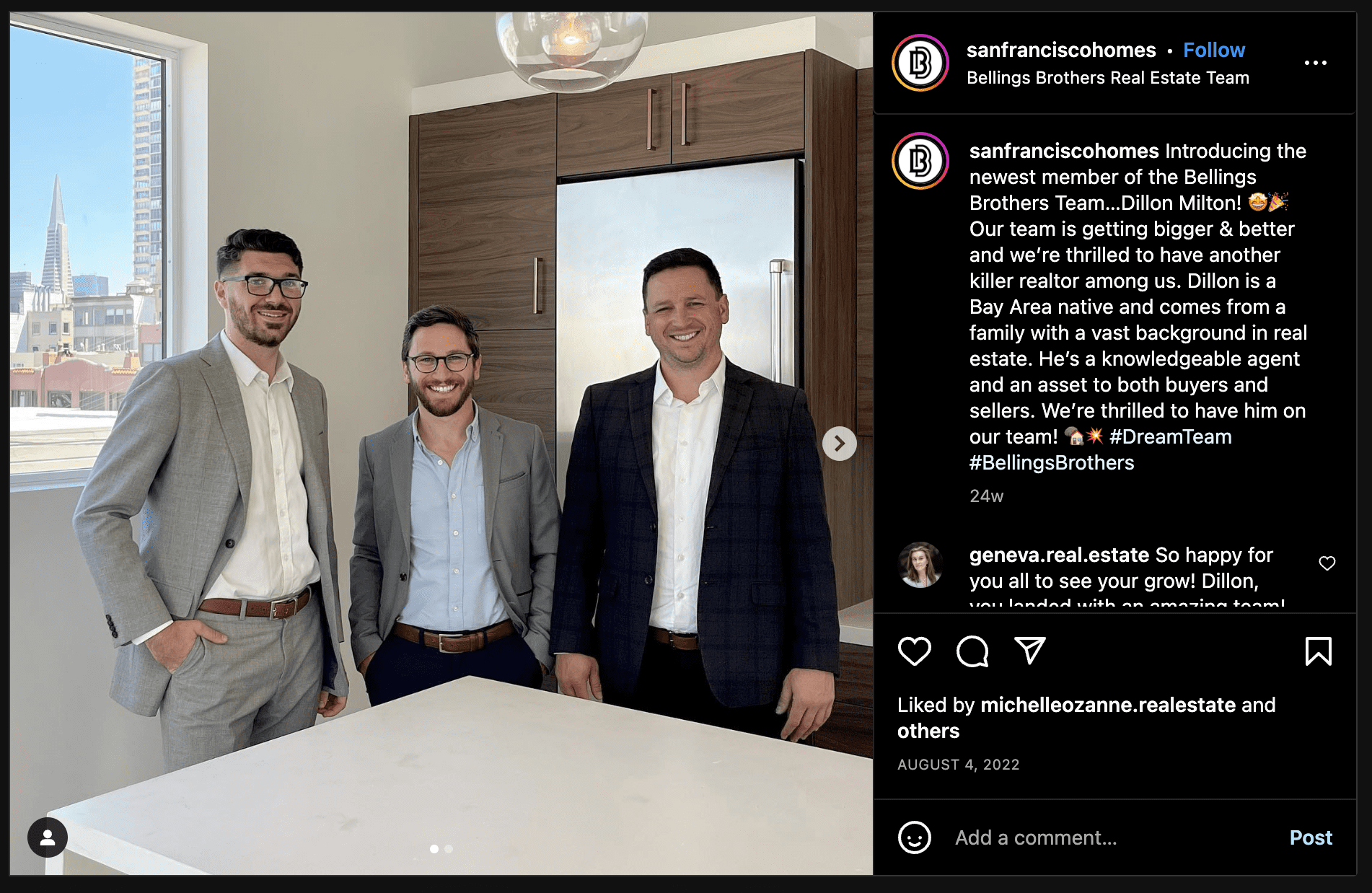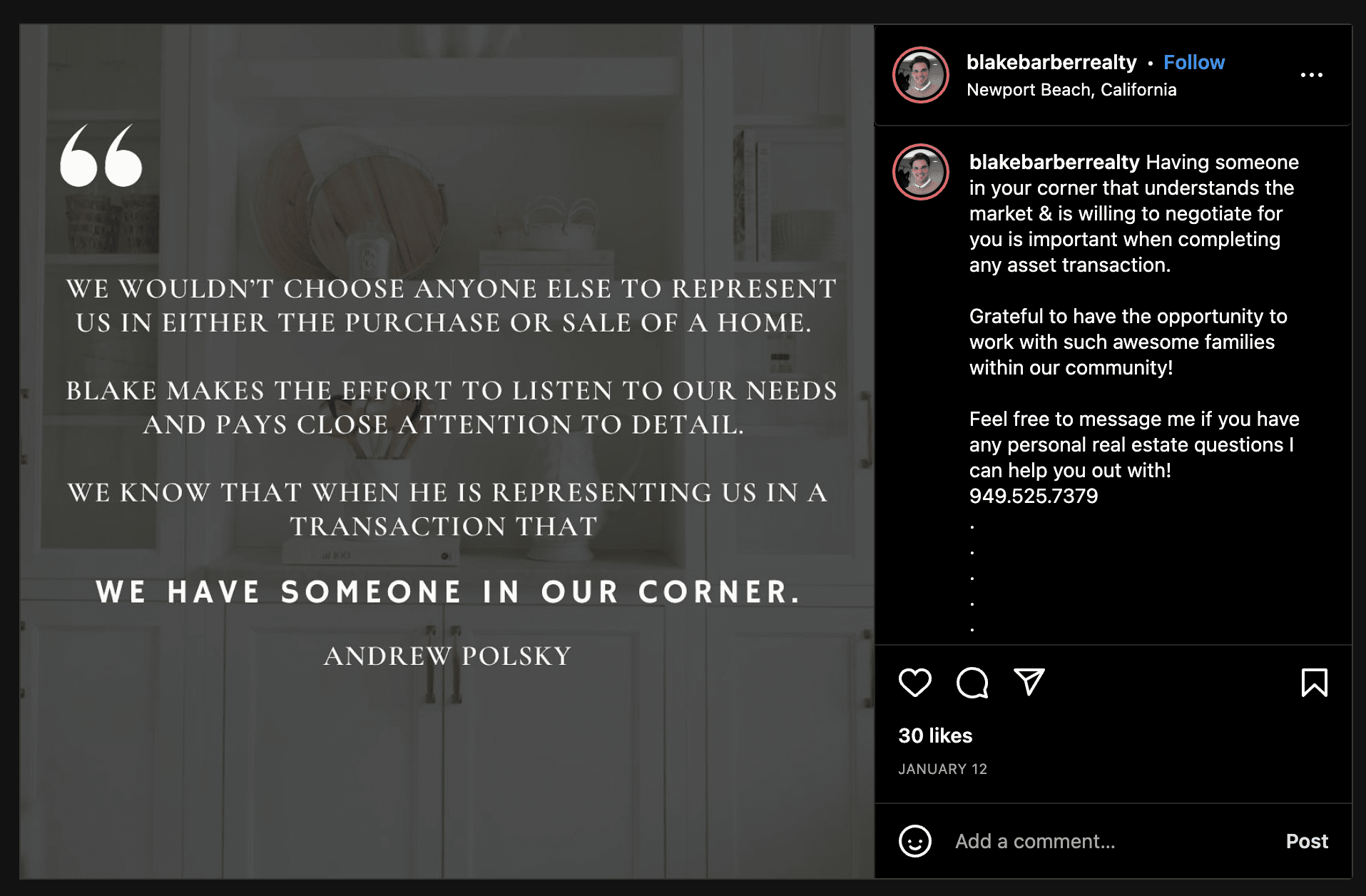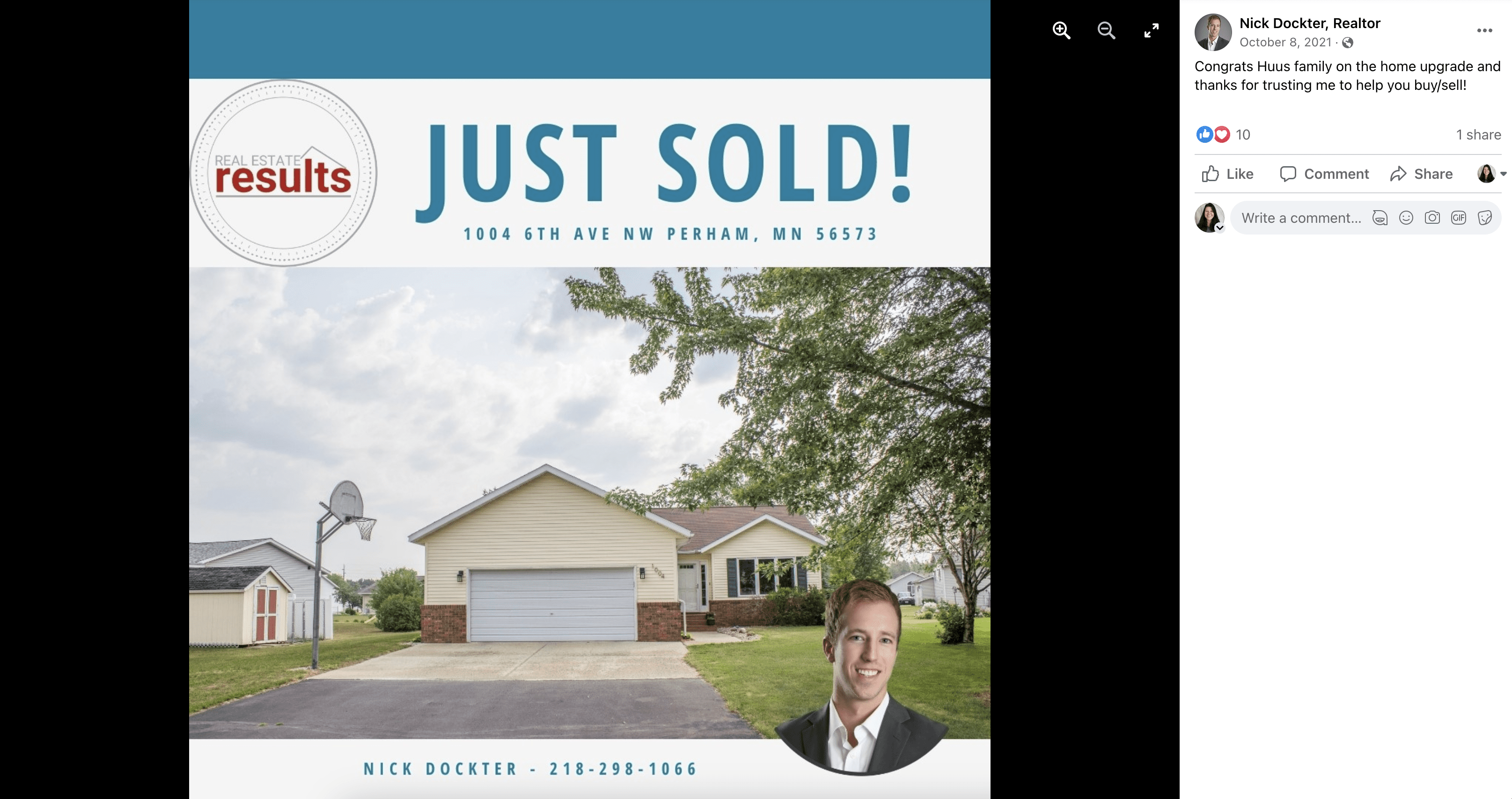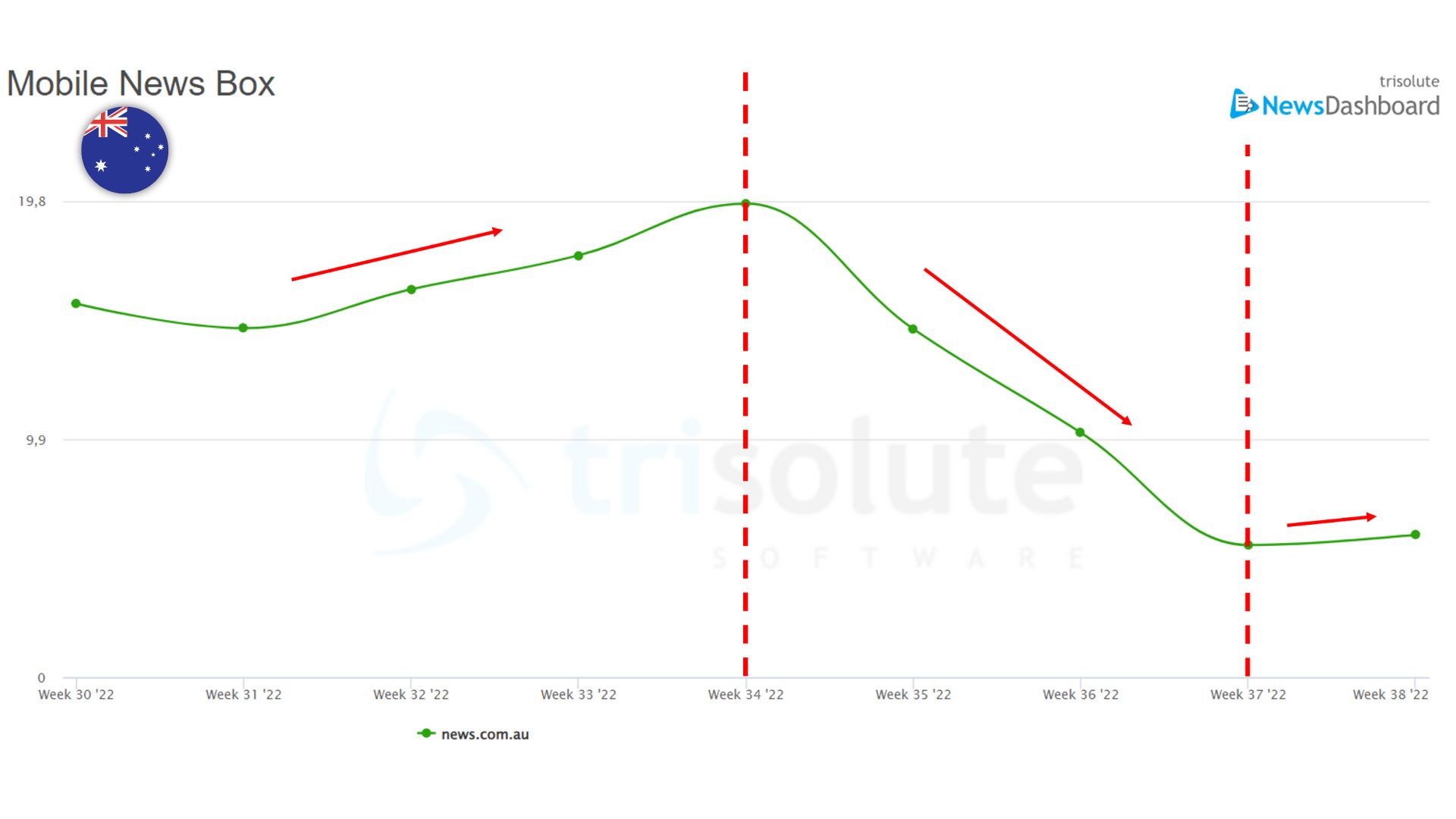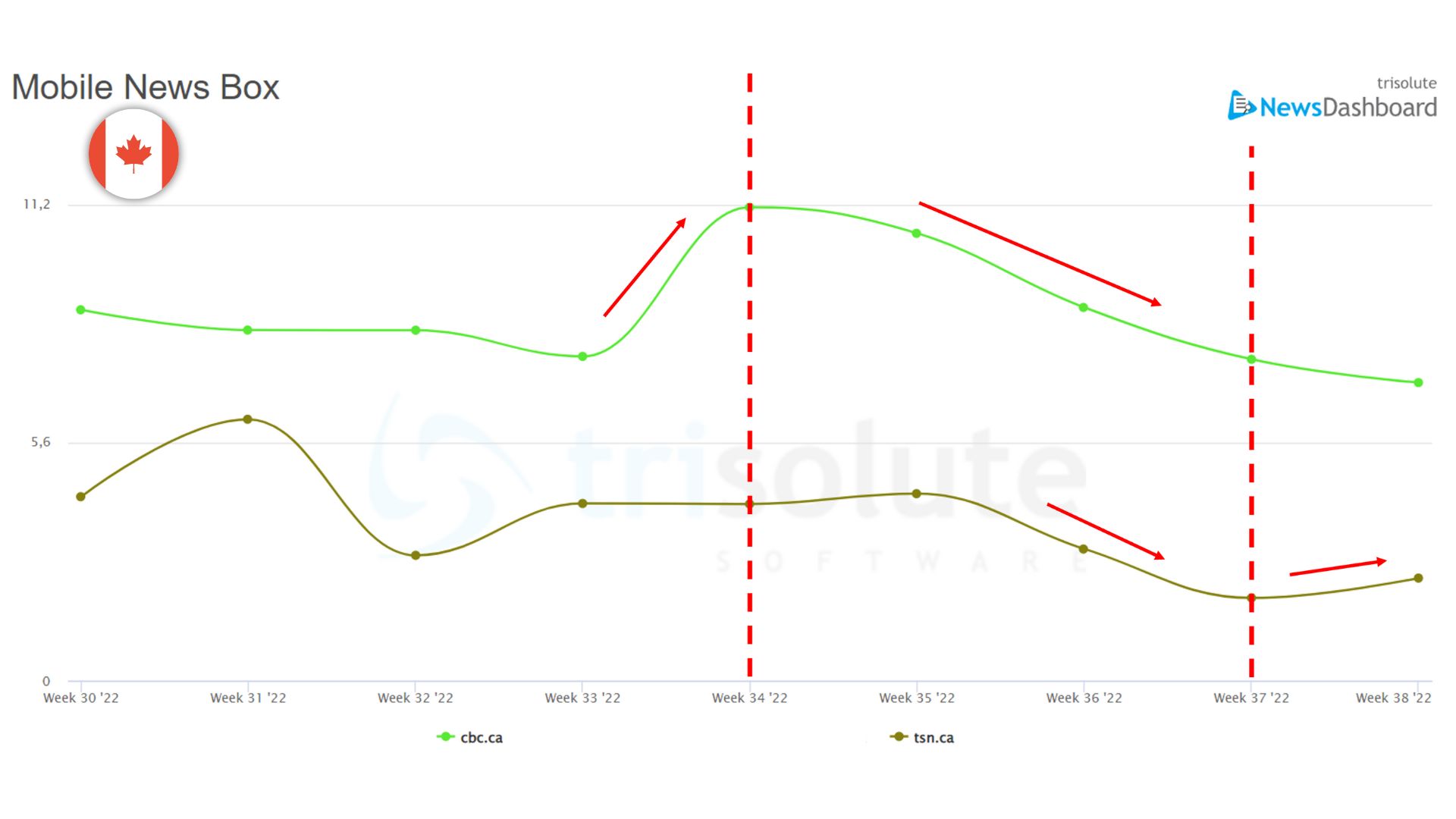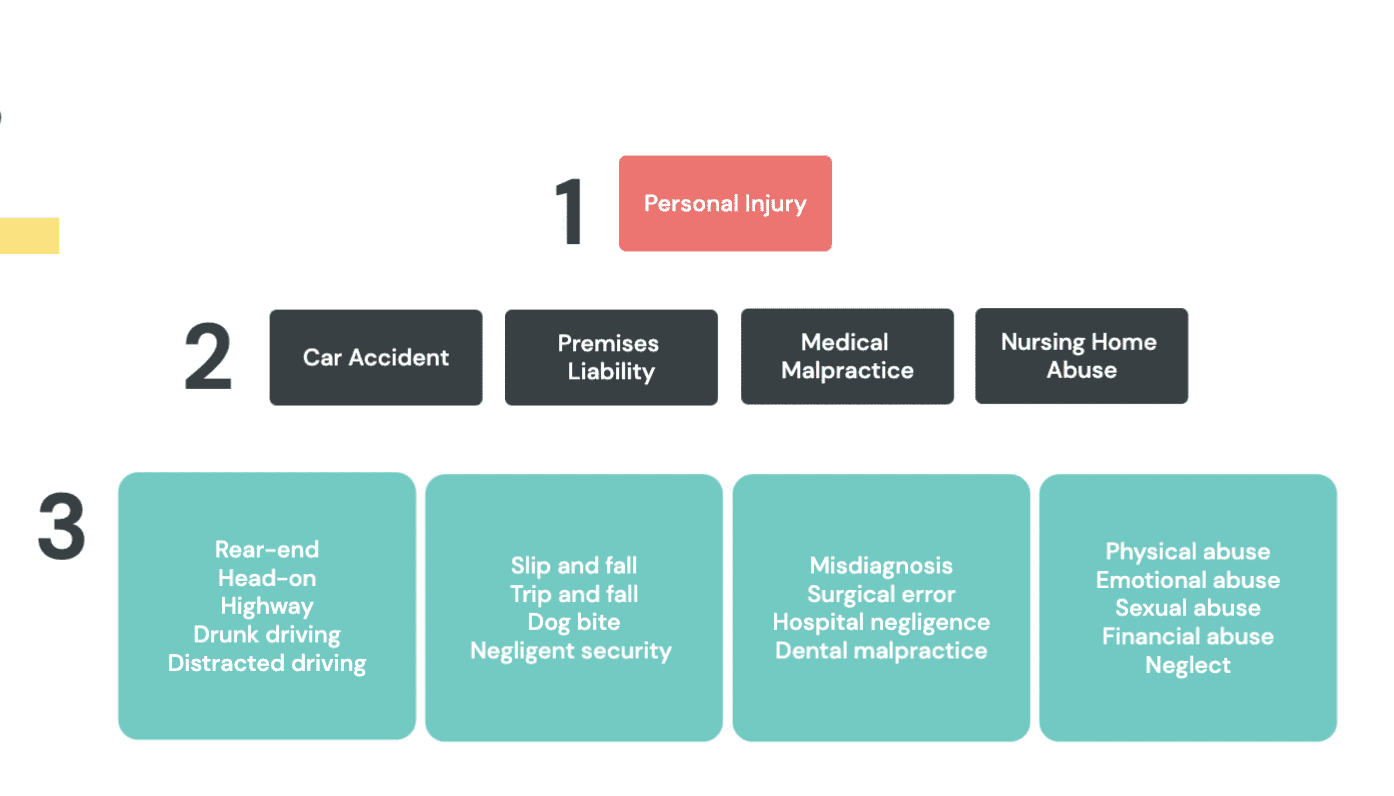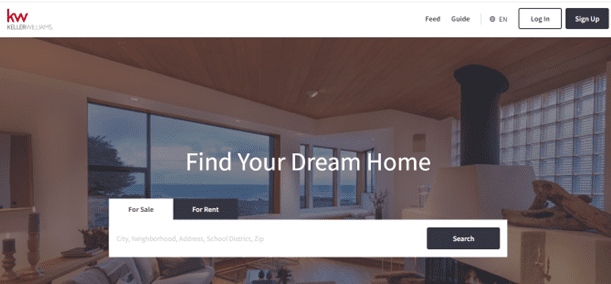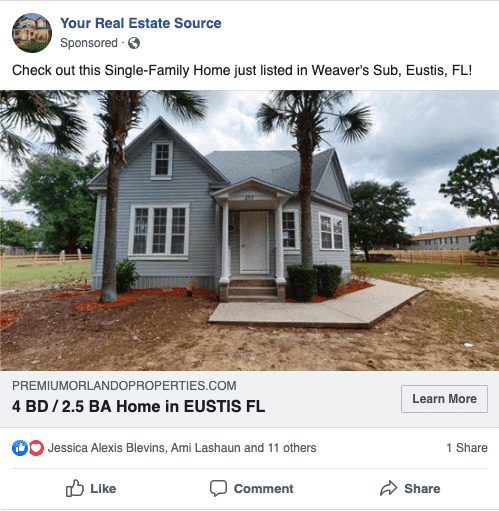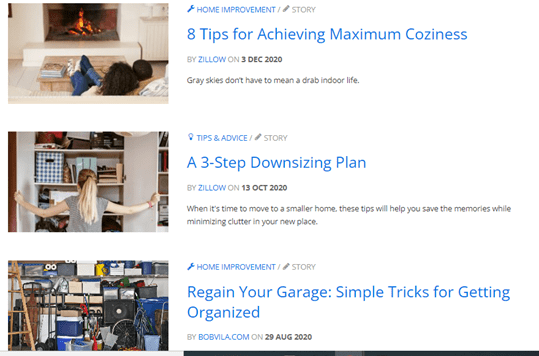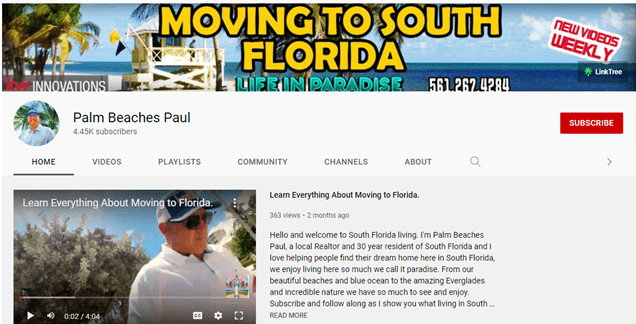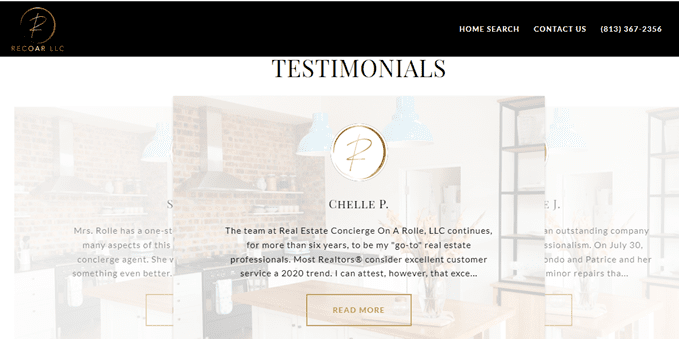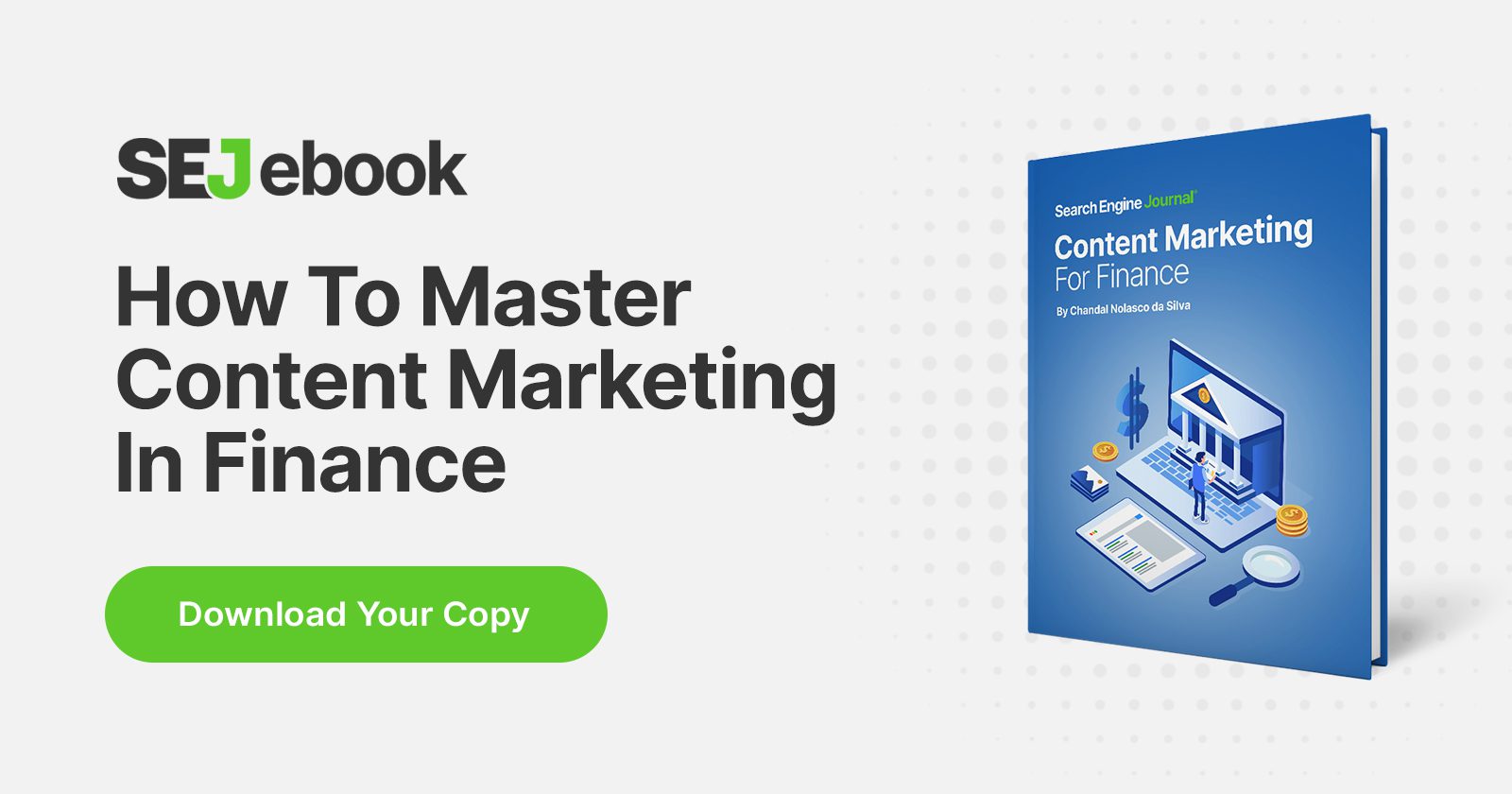Unlock Ecommerce Success: How You Can Get Up To 87% More Traffic [+ Report] via @sejournal, @getdotstore

Wondering how to boost your ecommerce SEO to help you rank higher on SERPs?
Do you feel like you’re getting a new competitor every day?
In the era when everyone has an ecommerce storefront, how do you make sure your store has as many advantages as possible?
Gaining traffic and visibility is listed as one of the top issues that online sellers face, especially if you’re just starting your business and the next step is to choose your URL.
So, what are some of the major issues you might face as a new ecommerce company? How can you solve them?
Let’s dive in.
How To Boost Ecommerce Performance & Decrease Customer Acquisition Costs
The game has changed and .com domains aren’t the only way to get customers to take your business seriously.
If the primary goal of your website is to sell, nothing says that better than a .Store domain extension.
It’s the perfect call to action that instantly connects with potential customers and attracts them to your site.
Some of the key advantages of using a .Store domain include:
Increase Your Web Traffic by 87%
An ecommerce website on a .Store domain gets 87% more visitors than its .com counterparts.
Your domain name is basically like the virtual storefront of your business, and choosing the right one can have a significant impact on your success.
Why It Works
When users see a .Store domain, it instantly communicates that they are on an ecommerce platform where they can make purchases.
This clear and direct messaging not only attracts more visitors but also translates into increased sales, which ultimately results in more revenue for your business.
Double Your Site’s Visibility On Search Engines
An ecommerce site sporting a .Store top-level domain (TLD) gets an impressive double the amount of search visibility.
How?
Well, search engines love contextually relevant keywords, and having the word “store” in your domain name can be a powerful keyword tactic for your site’s rankings.
This added relevance doubles your visibility on search engines, ensuring that potential customers looking to make an online purchase can find your store more easily.
Reduce Your Cost Per Acquisition (CPA) By 12%
Marketing costs can be a major concern, especially for new and growing businesses – and this is yet another way the .Store domain can transform your SEO strategy.
When users come across ads for a product category, they are 12% more likely to make a purchase if the ad directs them to a “store” domain.
Thus, the cost to acquire your user is much lower.
Analyzing .Store Domain Performance: The Full Report
The true impact of .Store TLDs on both paid and organic traffic were examined in a groundbreaking study conducted by Contrast Digital.
This extensive report uncovers a wealth of insights that can reshape your understanding of domain performance.
According to the data, there’s a potential long-term benefit of using .Store domains from a SEO standpoint.
We’ll dive into some key facts from the study below, but you can download the full report to dig into the detailed results.
Organic Study
This extensive 12-month experiment examined the performance of two distinct websites.
The key difference between the two websites was the domain extension.
One website was on .com while the other was on a .Store; with the second-level domain being identical (think example.com vs example.store).
Both sites comprised 82 pages categorized into products, categories, blog posts, and information pages, maintaining identical layouts and product descriptions in order to control variables and conduct a fair assessment.
Googlebot’s crawl time, along with impressions, clicks, and click-through rate measured through Google Search Console, provided a detailed comparative analysis.
Significance testing using MATLAB code offered insights into potential differences between the sites’ metrics, forming a comprehensive overview of their organic performance.
Key Performance Trends:
- Example.store achieved the first 100 clicks, 20,000 impressions, and 250 clicks in a 30-day window faster than example.com.
- Google seemed to prefer the example.store domain over example.com, indicated by faster indexing and crawling.
- Example.store had a 49.01% larger keyword footprint than example.com, correlating with larger impressions over 12 months.
- In non-blog content, example.store had a 30.27% increase in visibility compared to example.com.
- In blog content, example.store had a 67.02% increase compared to example.com.
Overall, the significance tests consistently show that .Store TLDs outperformed equivalent .com TLDs in clicks, impressions, and click-through rate (CTR) over the 12-month experiment.
Want to learn more? Check out the full report for additional insights.
PPC Report
This report delves into the Google paid ads segment of the experiment, evaluating the performance of example.com and example.store over 5 months.
After allowing both websites to naturally perform for three months, paid media was introduced to assess their response to targeted paid traffic, with a primary focus on understanding consumer trust around TLDs.
To ensure fairness in the paid ads environment, settings were adjusted to rotate ads indefinitely, preventing bias toward any particular ad.
Additionally, landing page destinations, ad content, keyword targeting, and max bids were standardized across both accounts, eliminating variables and placing emphasis on individual performance.
Key Performance Trends:
- Example.store had a 12.12% higher conversion rate than example.com, 1.48% vs 1.32%.
- Example.store managed PPC spend more consistently through daily budgets, possibly contributing to better performance.
- Example.store had a statistically significant 15.37% higher CTR compared to example.com, potentially due to the recognizable association of .Store with eCommerce.
- Example.store outperformed example.com in conversions (33 vs 24) and had a cheaper customer acquisition cost (£39.59 vs £44.45).
- After 5 months, example.store performed the best overall in clicks, CTR, average cost per click, and cost.
Overall, the .Store domain consistently outperformed .com and emerged as the superior performer in the paid experiment.
Navigating The Customer Acquisition Challenge
We know how difficult it can be to capture the attention of your ideal audience, particularly as a new online business without an established track record.
Another key issue you might be facing is profitability.
As essential as marketing may be for your brand, it can certainly be costly to execute effectively.
So what are some ways you can get the most bang for your buck and maximize your return on investment (ROI)?
How can you add value while keeping your customer acquisition costs low?
Though there are various marketing tricks and tactics you can try, sometimes, the answer can be just as simple as picking the right domain name.
Oftentimes, the domain you choose for your business can tell consumers a lot about what you offer and what they can expect.
So if you’re looking to enhance your online retail presence and lower your cost per acquisition (CPA), it might be time to switch things up.
With a .Store domain extension, you can gain a significant performance advantage and get a leg up on your competitors.
Diversify Your Digital Identity: Embracing The Evolution Beyond .Com
Now, I know what you’re thinking: Will customers trust an address that doesn’t end in .com?
How does Google classify a website with a .Store domain and how will it impact your search rankings?
Domain names are not actually a part of your overall search engine rankings – however, that doesn’t mean you can just forget about them.
Your choice of domain name can be an important aspect of your UX and public image, and should usually be the most recognizable aspect of your business.
Till now, the domain extension decision for anyone building an ecommerce site was largely determined by conditioning, perception, and an overall lack of data.
The idea that .com domains are the only viable choice for websites is incredibly common.
However, there’s now an objective, data-backed study available which, for the first time, shows that .Store as a top-level domain (TLD) can actually benefit ecommerce sellers in a major way.


